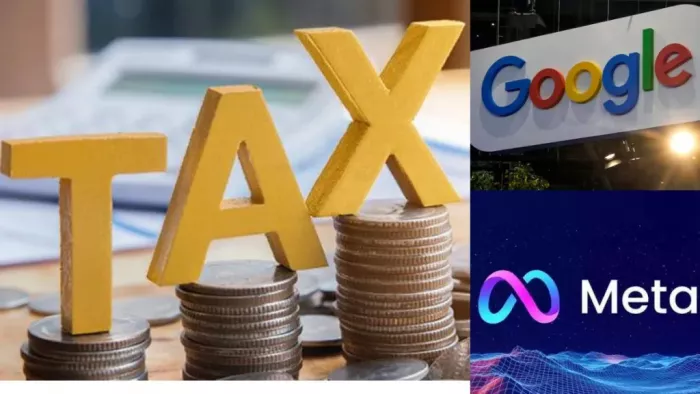Starting April 1, 2025, the government has suggested getting rid of the 6% Equalisation Levy on online advertising services. Introduced in the Lok Sabha by Minister of State for Finance Pankaj Chaudhary, this step is one of 59 amendments to the Finance Bill 2025.
Let's dissect it, but what is this levy, and who did it impact most?
What Is the Equalisation Levy?
Introduced on June 1, 2016, the Equalisation Levy sought to tax payments made to nonresident digital platforms for advertising on the internet. It applied mostly to businesses like Google, Meta, and X, which provide Indian companies advertising without already being based in India.
Let us investigate why the government is now deciding to get rid of it in this context.
Why Is the Government Removing It?
The plan, according to experts, is a deliberate answer meant to prevent future trade frictions.
The United States of America sees the online tax as discriminating against American firms, had cautioned against implementing retaliatory tariffs effective April 2.
Let's see then, who benefits the most from this change of policy.
Who Stands to Benefit?
For businesses, especially for foreign this change will lower advertising costs and relieve operational tax pressure on big tech firms like Google and Meta. These businesses either shouldered the charge of the levy or transferred it to advertising customers.
The greater issue is the worldwide tax posture of the government once financial stress abates.
Aligning with Global Digital Tax Norms
This is not a stand-alone action. In August 2024, the government had already abandoned the 2% Equalising Levy on e-commerce. Eliminating the 6% ad levy now fits with policies aiming to progress toward the OECD-G20 framework, therefore also circumventing independent digital tax initiatives.

Though the worldwide change is evident, let us consider the views of specialists.
Expert Opinions Reflect Support
- Sumit Singhania, Deloitte India, calls the move consistent with the goal of simplifying tax laws.
- Amit Maheshwari, AKM Global, says this could soften U.S. trade actions.
- Vishwas Panjiar, Nangia Andersen LLP, highlights how the step promotes tax certainty and improves international relations.
Beyond ad taxation, the government has made several other changes in the Finance Bill.
Other Key Amendments in the Finance Bill
Alongside abolishing the digital ad levy, the government also:
- Proposed simpler rules for offshore fund investments
- Introduced new terms like "Total Undisclosed Income" under tax search operations
- Clarified the scope of search and seizure assessments
All these show a pattern—streamlining taxation while opening doors to global investment.
The Bigger Picture for Global Advertisers
This plan mirrors the change in policy by which the government wanted cooperation instead of opposition in worldwide digital trade. Even as the United States does not view itself as one. response is awaited; companies and internet platforms may shortly discover the Indian digital market more predictable and cost-effective.
Post Comment
Be the first to post comment!
Related Articles

HINAI Web: A Complete Hospital Management System
Apr 2, 2025


